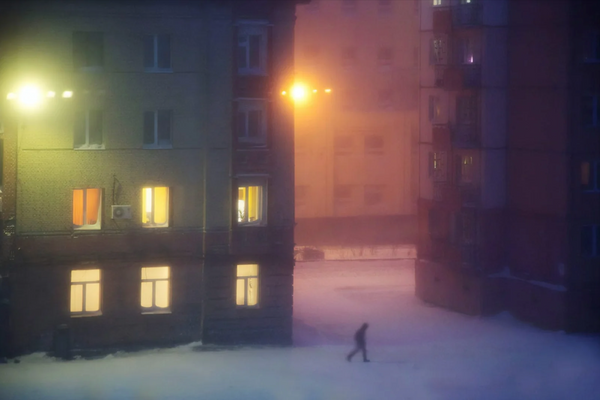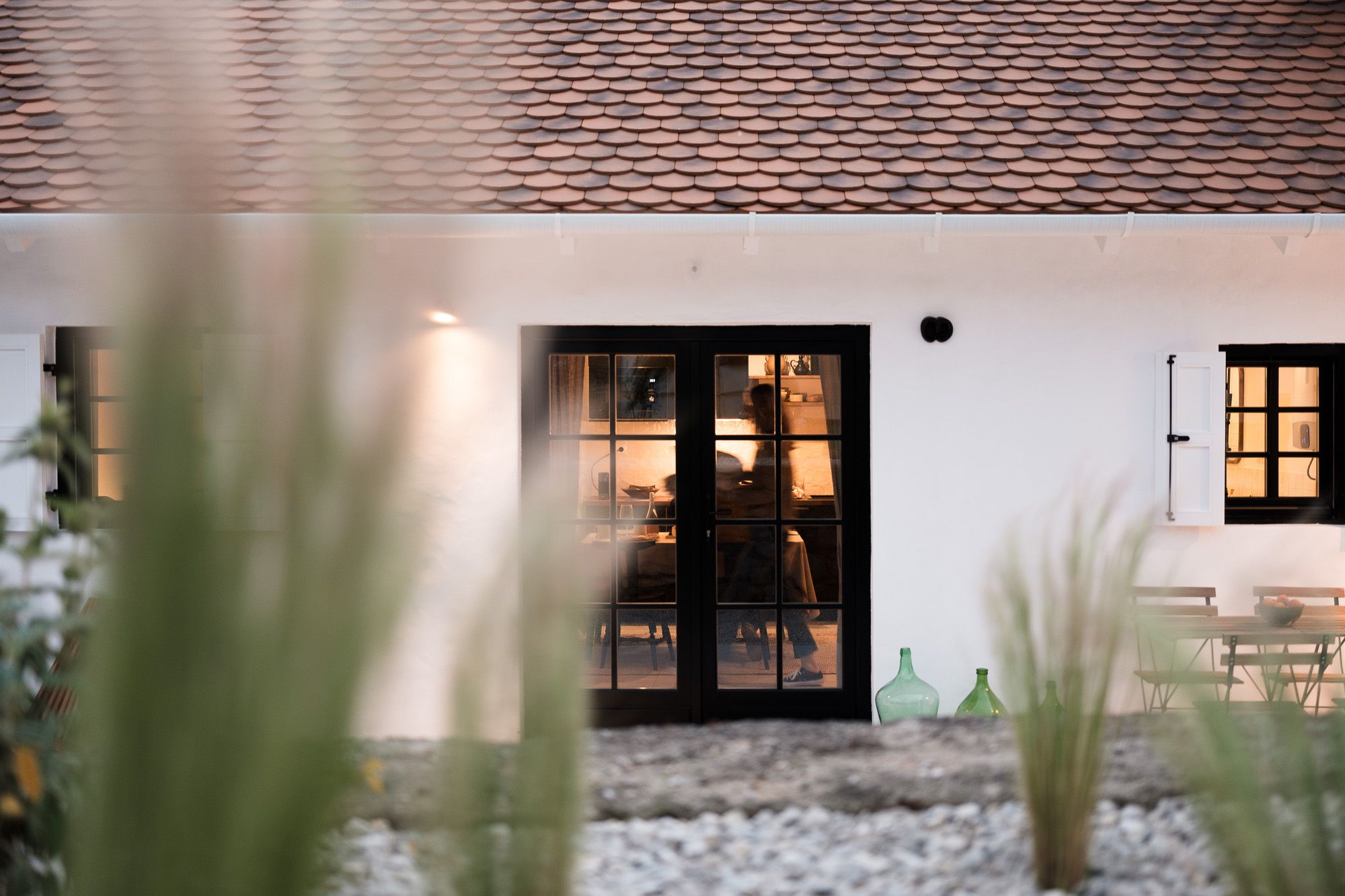We stumbled across the guesthouse named bari.boci, a hundred-year-old red stone building in Kővágóörs, right on the edge of the village, in the gate of the Káli Basin. As not only the house and the plot are unmatched, but what has been brought out of them, too, we asked one of the owners to tell us the story of bari.boci.
“We have been fond of water, Lake Balaton and nature since we were little, but we only fell in love with the Balaton Uplands region and Kővágóőrs eight years ago. Since then, we have spent here every free time we had and we decided that we wanted to have a guesthouse here. Then we saw an ad two years ago about this house, which we have been admiring for a long time. Even though we knew its renovation was a far greater task than what we planned originally, we still went for it because of the location of the house. As this is the last building in the village, it makes you feel as if you were standing right in the gate of the Káli Basin. If you step outside the garden, the stone sea of Kővágóőrs is right there beneath your feet, where if you sit on a rock, you can see the entire basin. As if all this were part of the garden” – tells Johanna about the beginning.
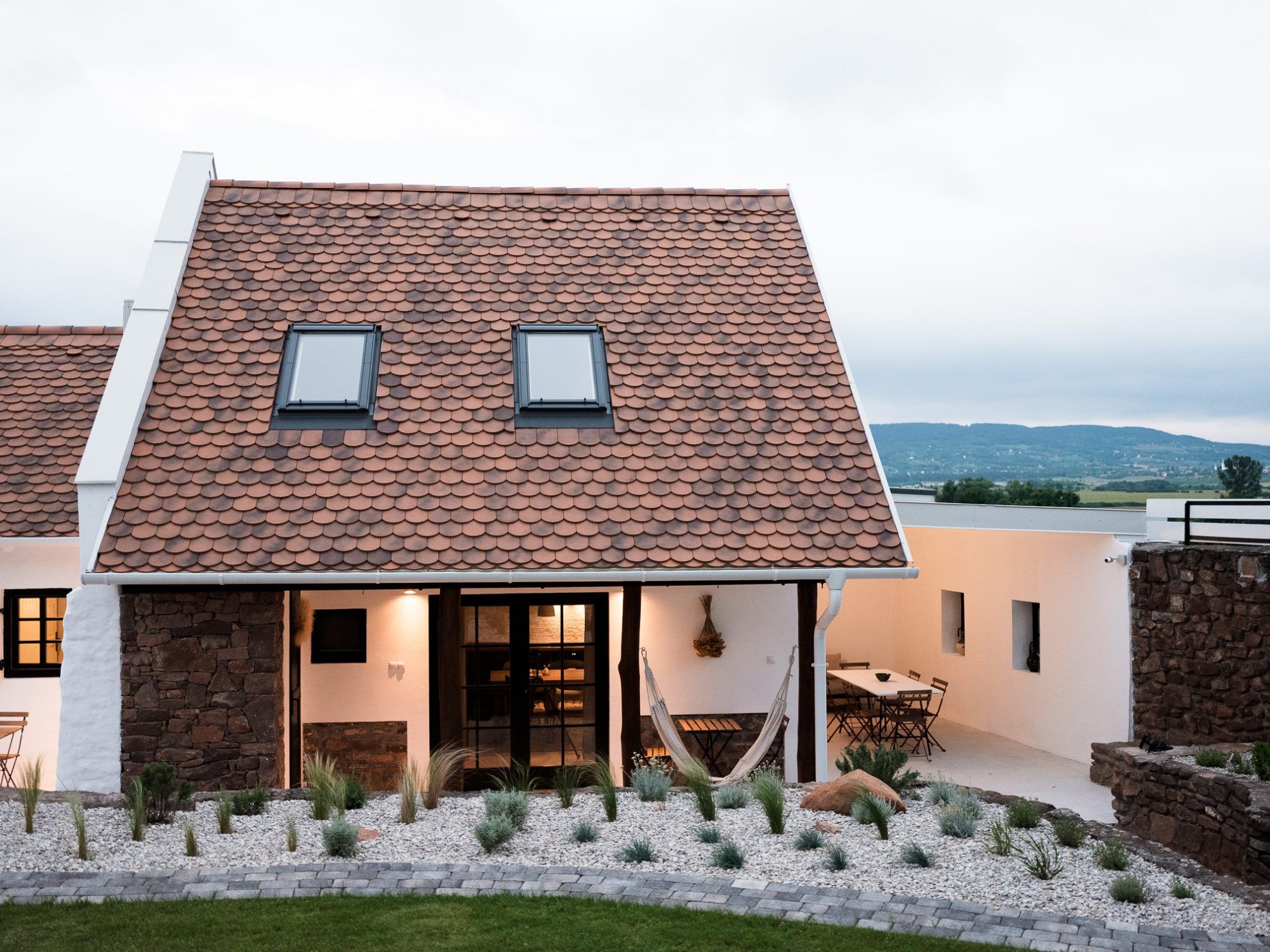
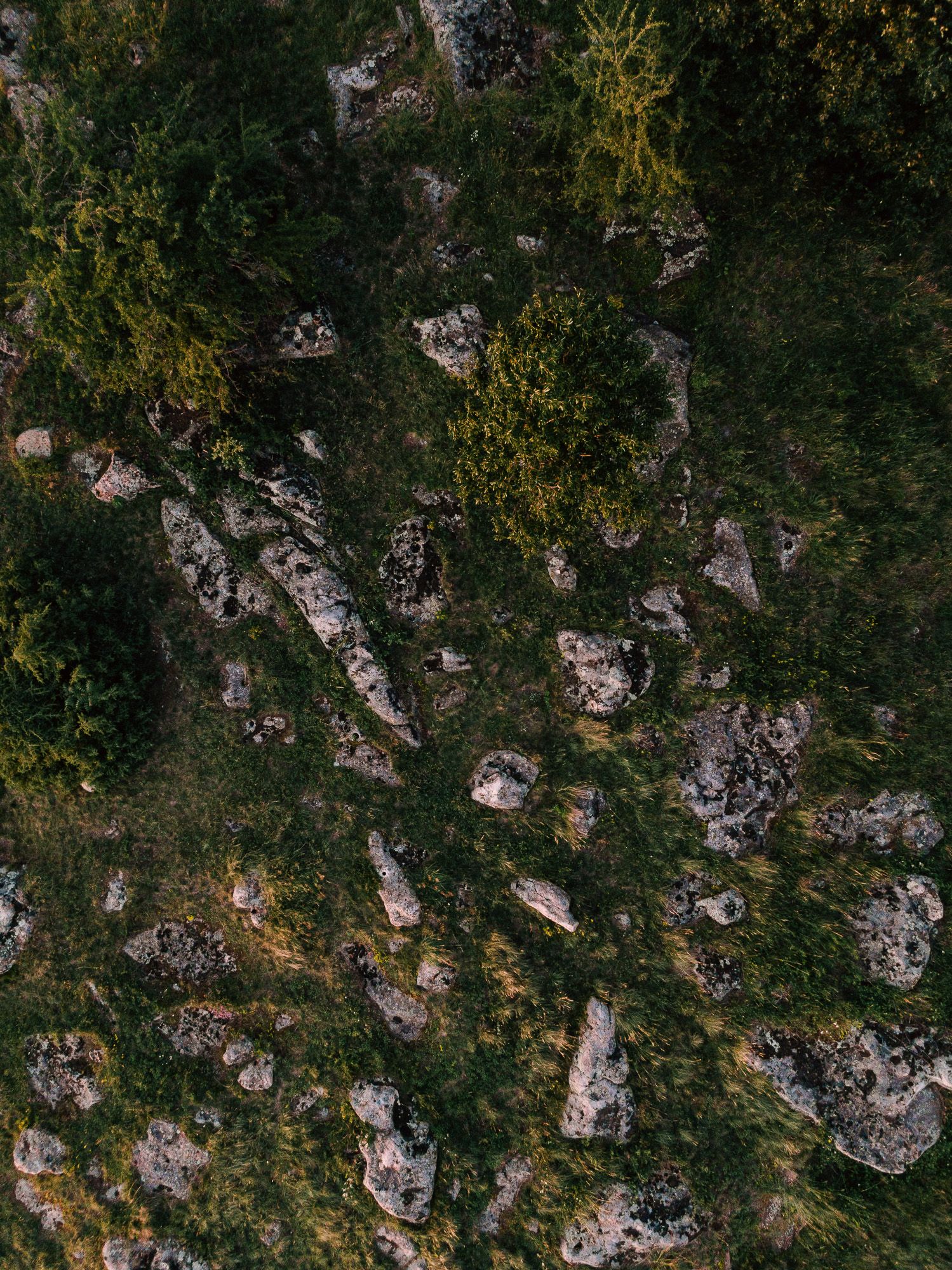
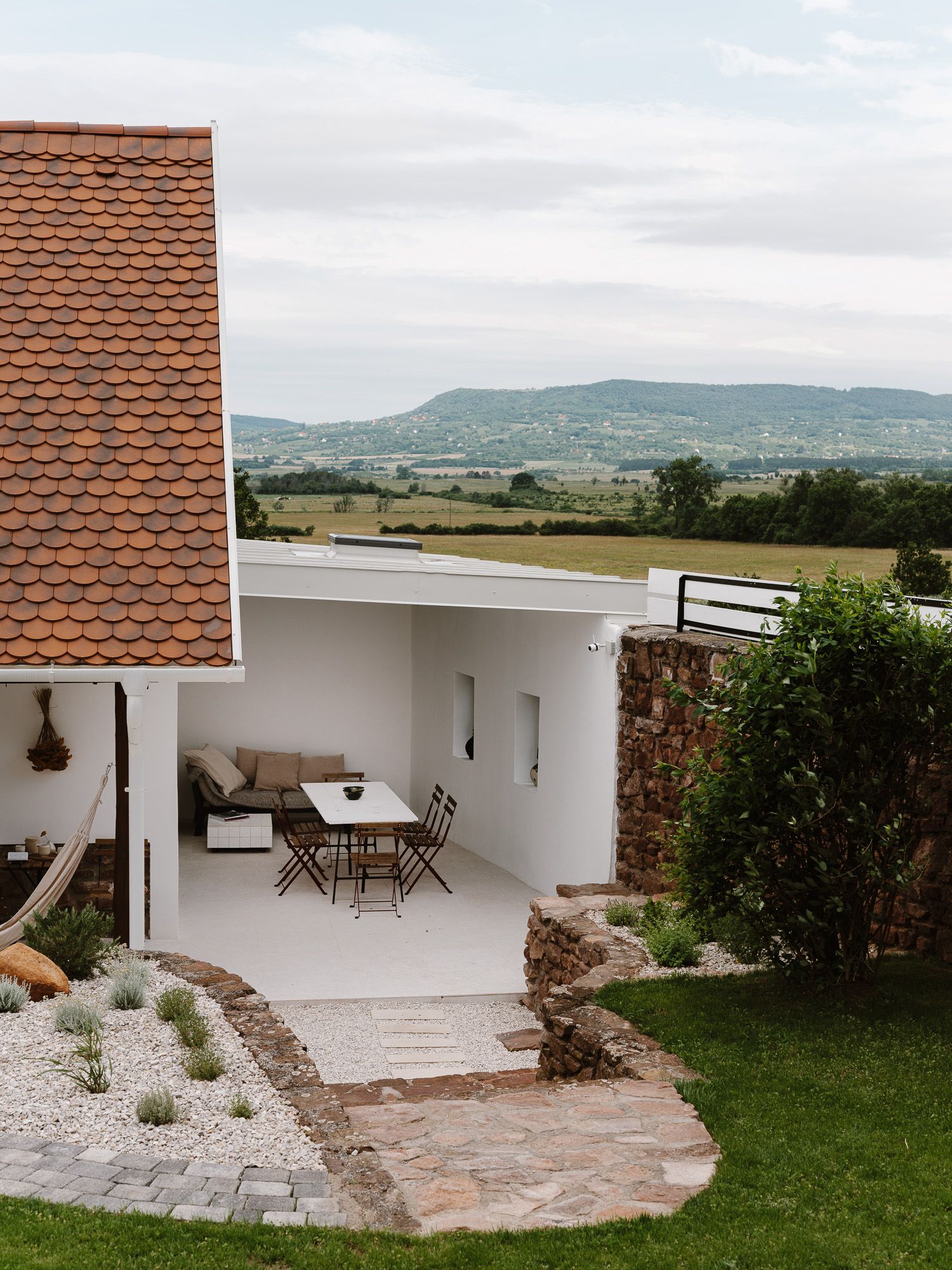
The long enclosure wall built of local red stone and the retaining walls in the garden were both such authentic elements that the owners were looking for. The nearly hundred-year-old red stone building and the part added presumably in the eighties justified dividing the house into two apartments. “We had an easier job with the old part of the building: here the goal was to restore the original condition in a more modern way. Thus we replaced the former plastic doors and windows with wooden ones. We removed layers from the walls to have beautiful, plastered walls again, and in some places we left the structure of the stone to be seen.”
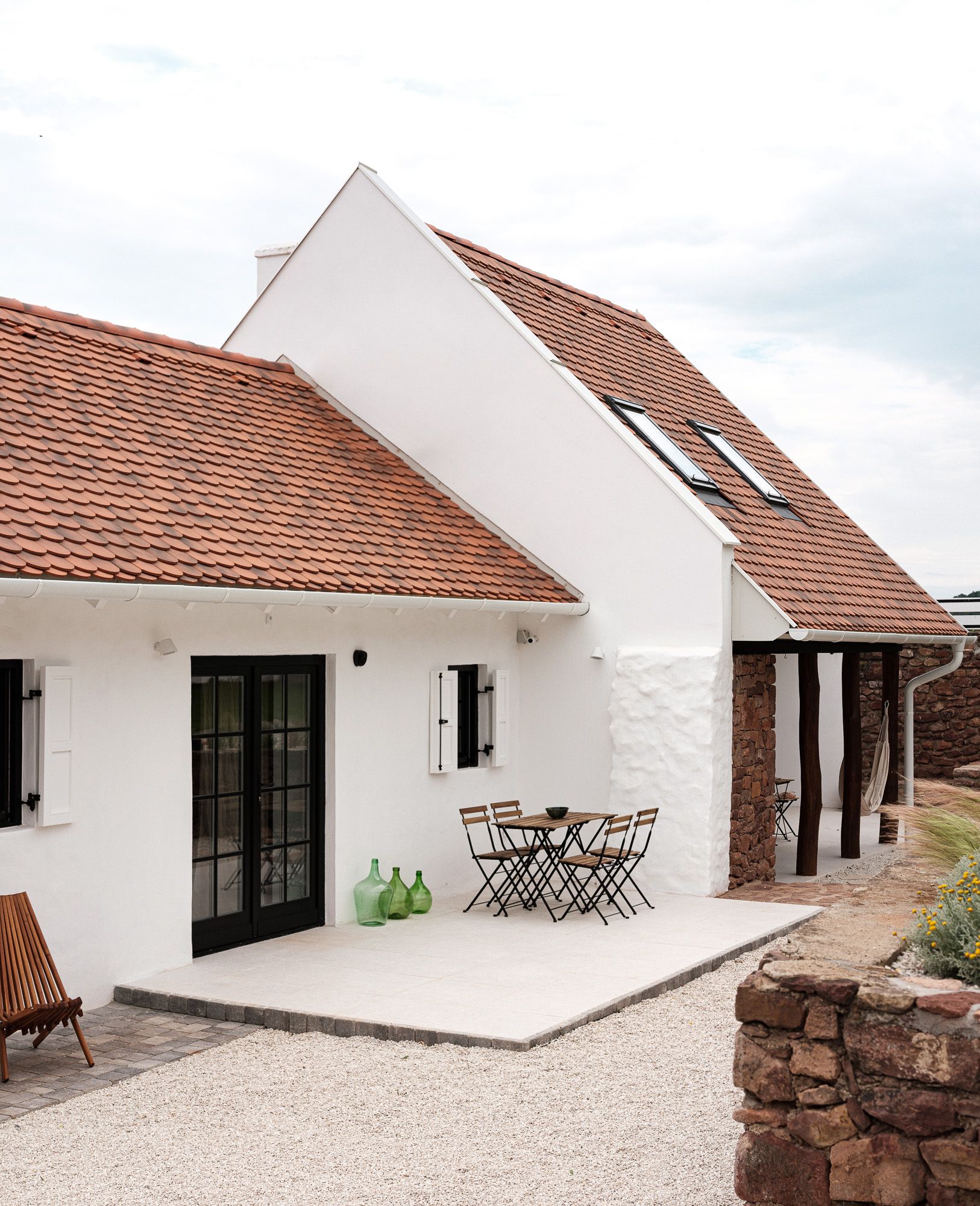

The new part of the building posed a bigger challenge, as this eighties-nineties style was “everything but fitting into the landscape.“ Their first, more daring idea was to replace the old tiles with white plating, thus this part would have become the contemporary opposite of its hundred-year-old pair. Finally, to avoid standing out too much from the rest of the houses, they only covered it with white plates where it was indispensable.

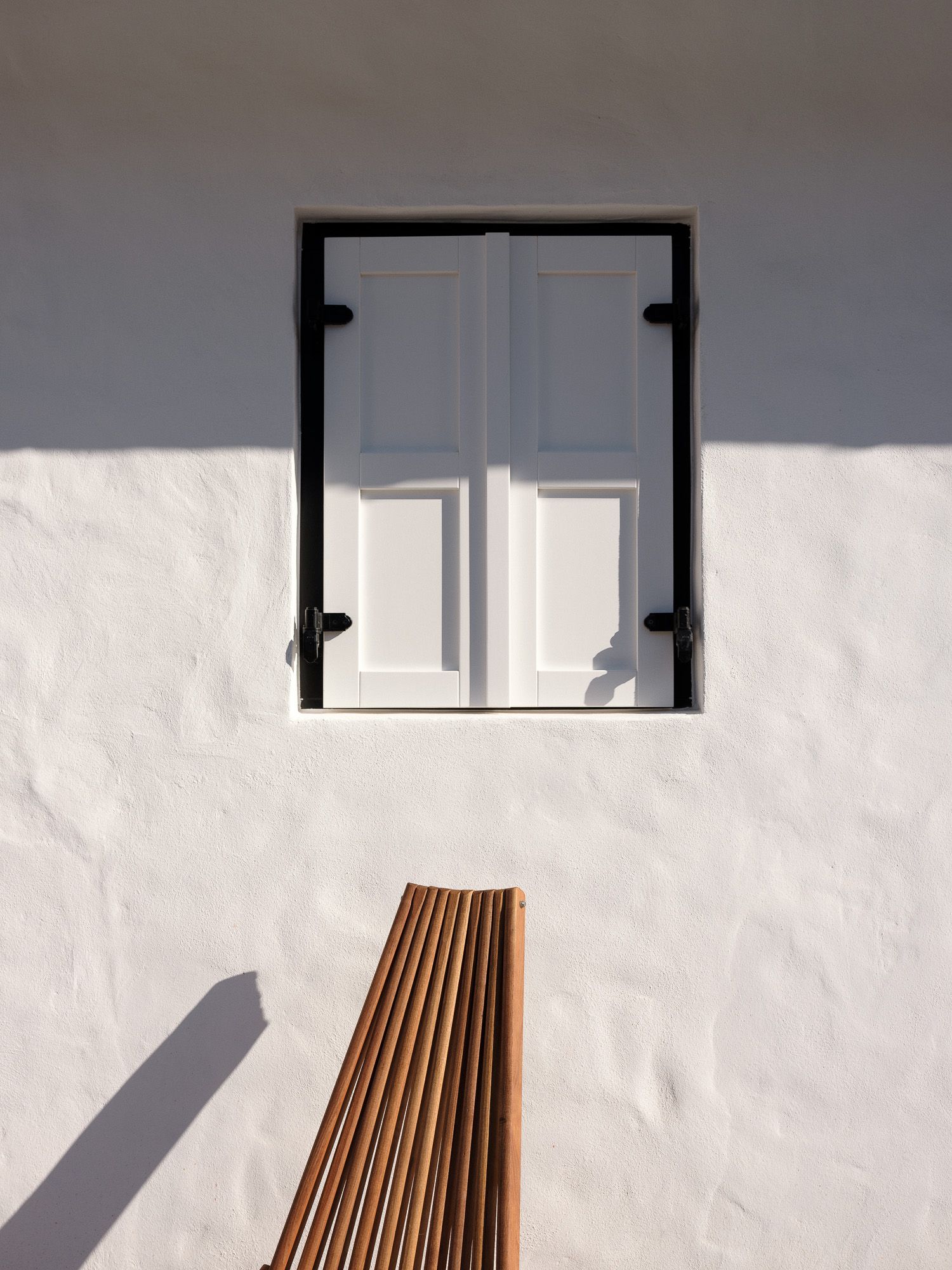
In terms of interior, the old part also has more old furniture, while in the new part they kept up the ambience with modern objects. Here the owners still the old, plastered stone chimney and the oak stairs, and only renovated it.“We started the renovation in a way playing the hand that we were dealt. The papers hadn’t even been signed yet, but we already had the name. Not far from the house, at Lake Kornyi and at a farm to the left a lot of cattle and grey cattle are kept. Standing and watching how peaceful they are really calms me down. And a local shepherd often steers his herd on the road connecting Kővágóörs and Köveskál, and seeing the slowly moving grey blur on the green basin from the garden is an awesome sight. This is why we named the guesthouse bari and boci, and this is what determined the colors and materials used in the house, too.”
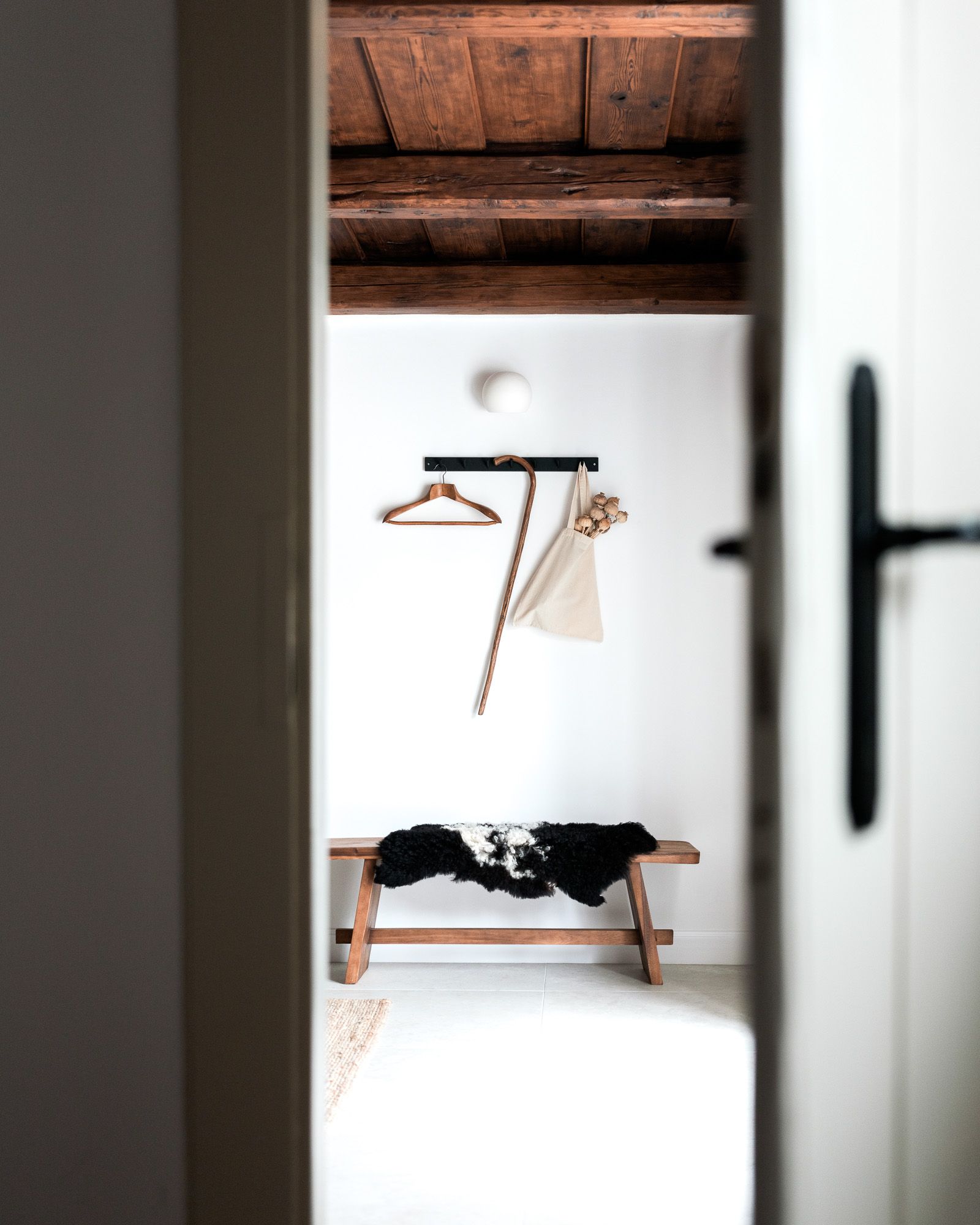

In Bari, the colors move on the scale of white-dirty beige-black, thus recalling the colors of the herd. While in Boci, all this is complemented with the warm brown shade of walnut, appearing on wooden surfaces and pointing to the spots of calves. In some of the ceramics, I sought to evoke the color of grass with a dark green color.


The interiors are dominated by natural materials like wood and linen. The principle of less is more prevails in terms of furnishings: old treasures found in flea markets are mixed with modern, functional pieces in the guesthouse. An old painting portraying sheep, the portrait of a shepherd and two statuettes by Béla Somogyi have waited two years to move from Johanna’s home to the guesthouse. In the case of household ceramics, they are slowly but steadily replacing everything they can with works of Hungarian ceramic artists: currently the objects of Renáta Zsiga, Enikő Kontor and Anna Czakó can be found in the apartments.
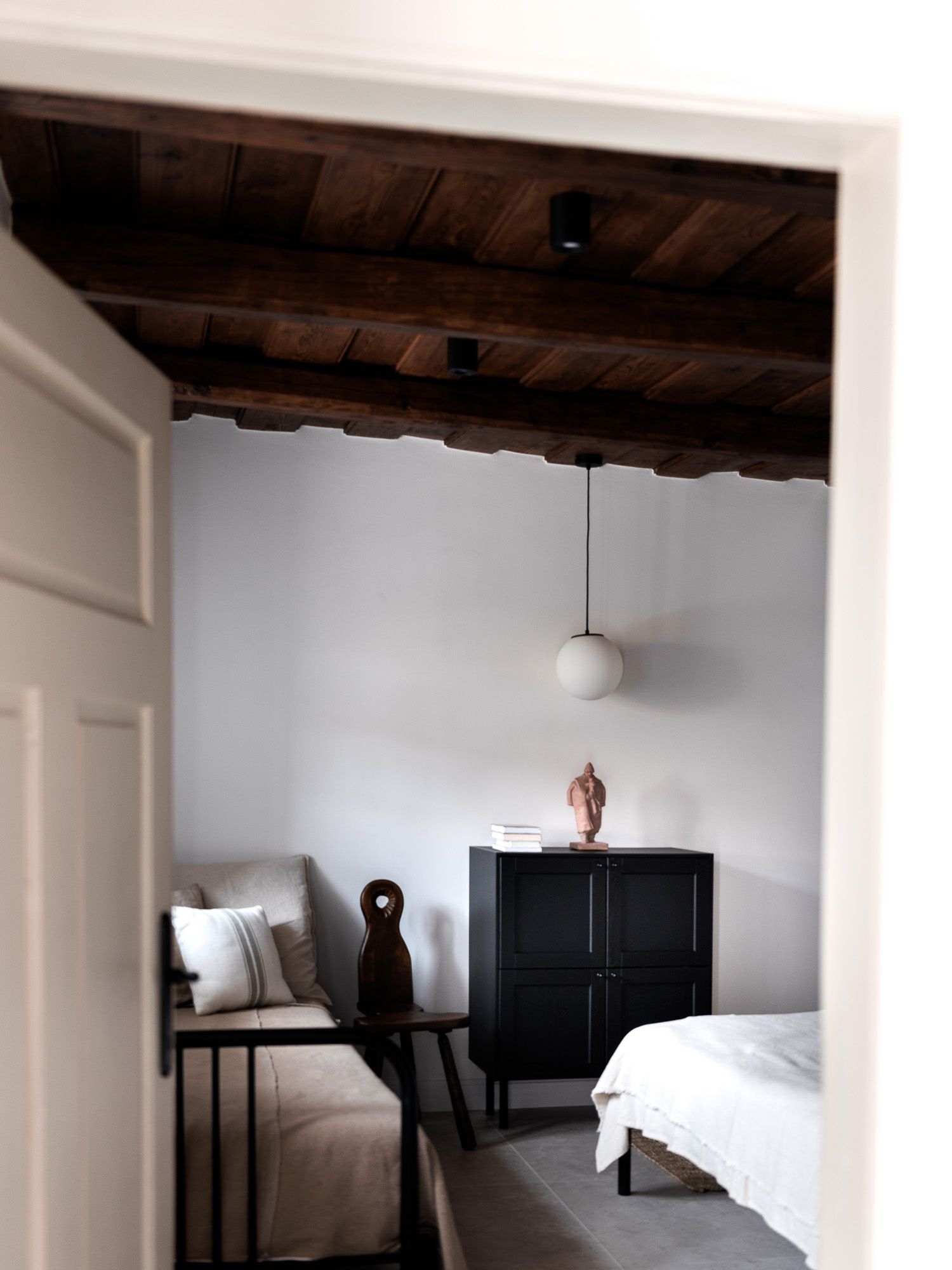
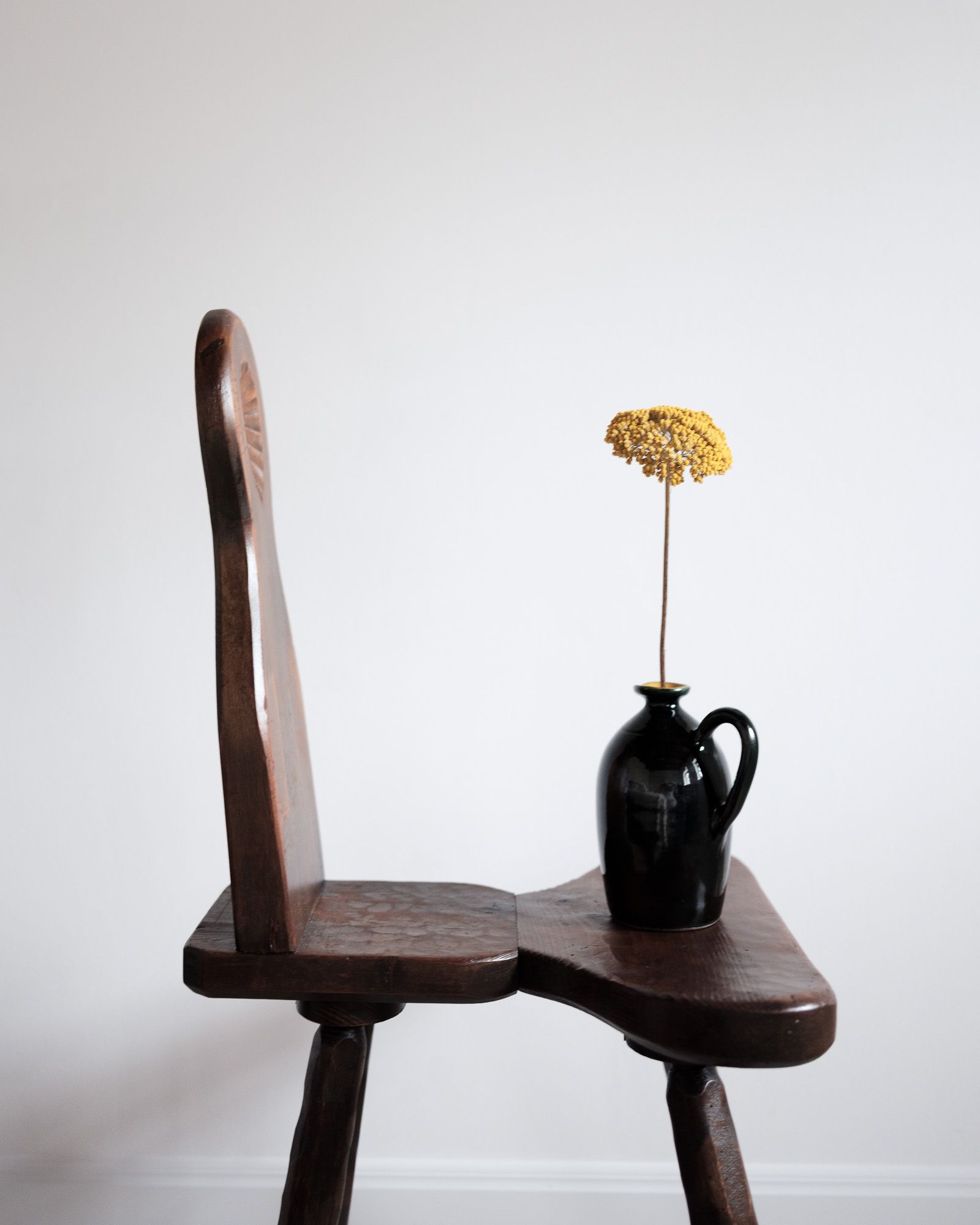
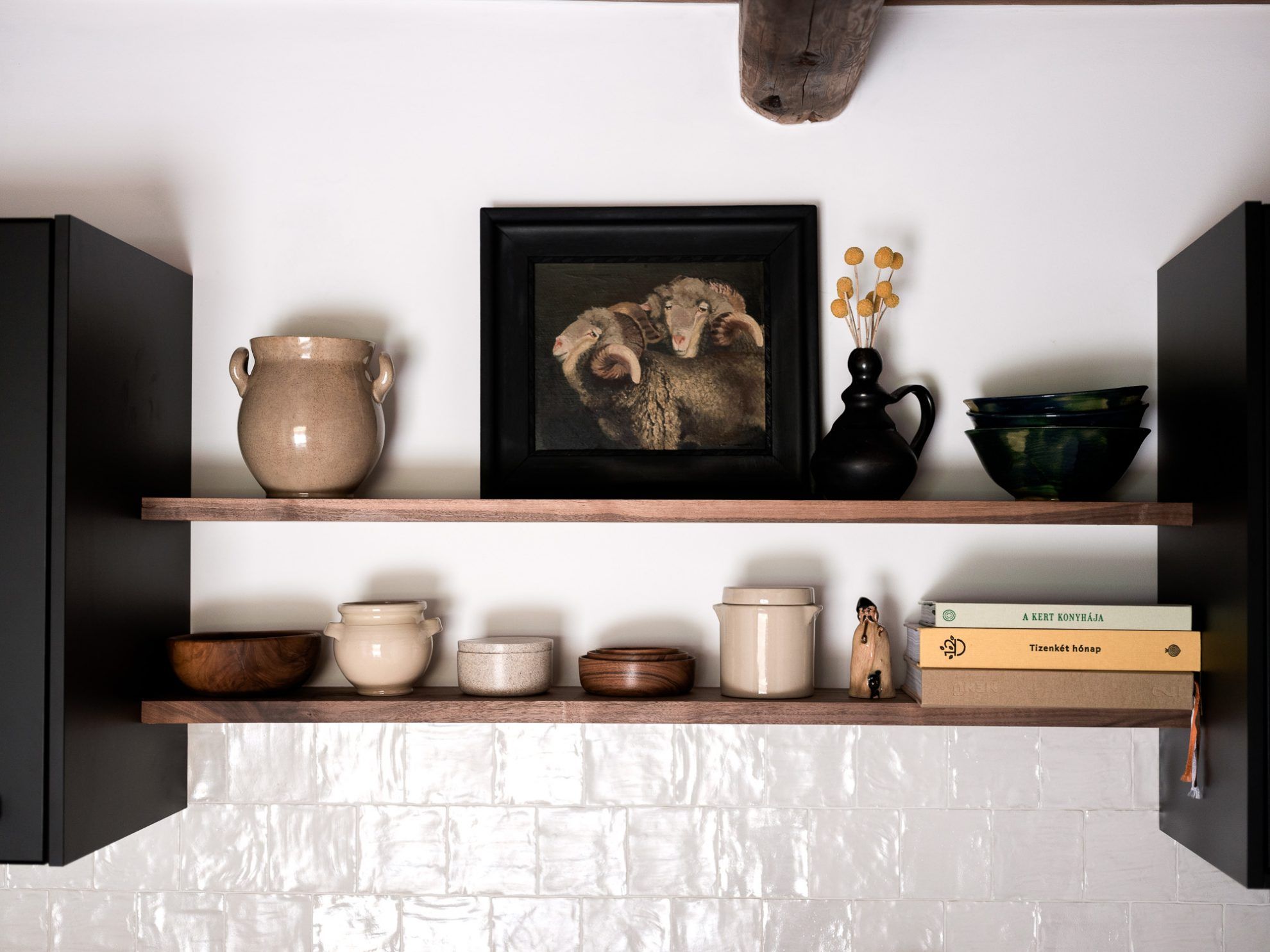
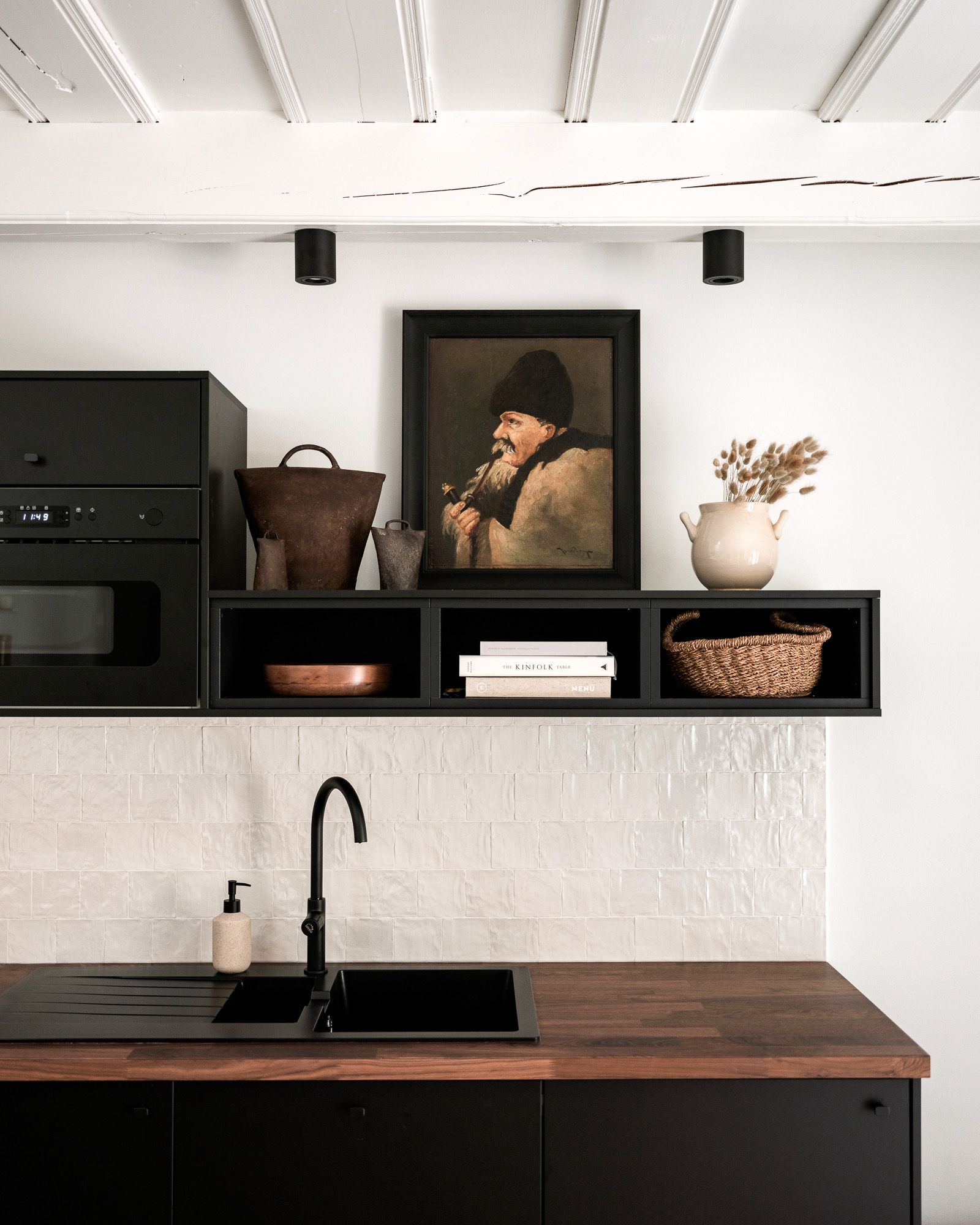

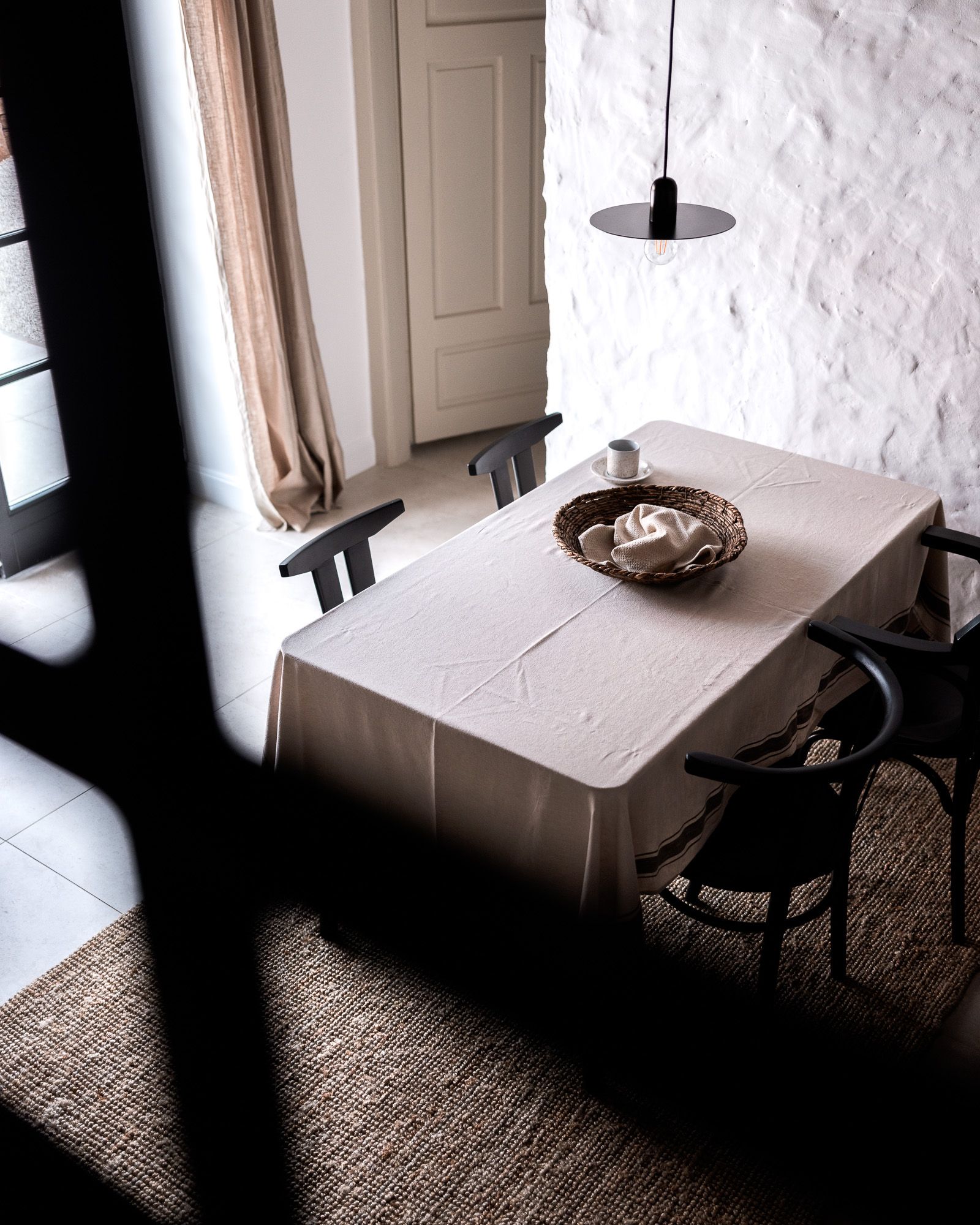

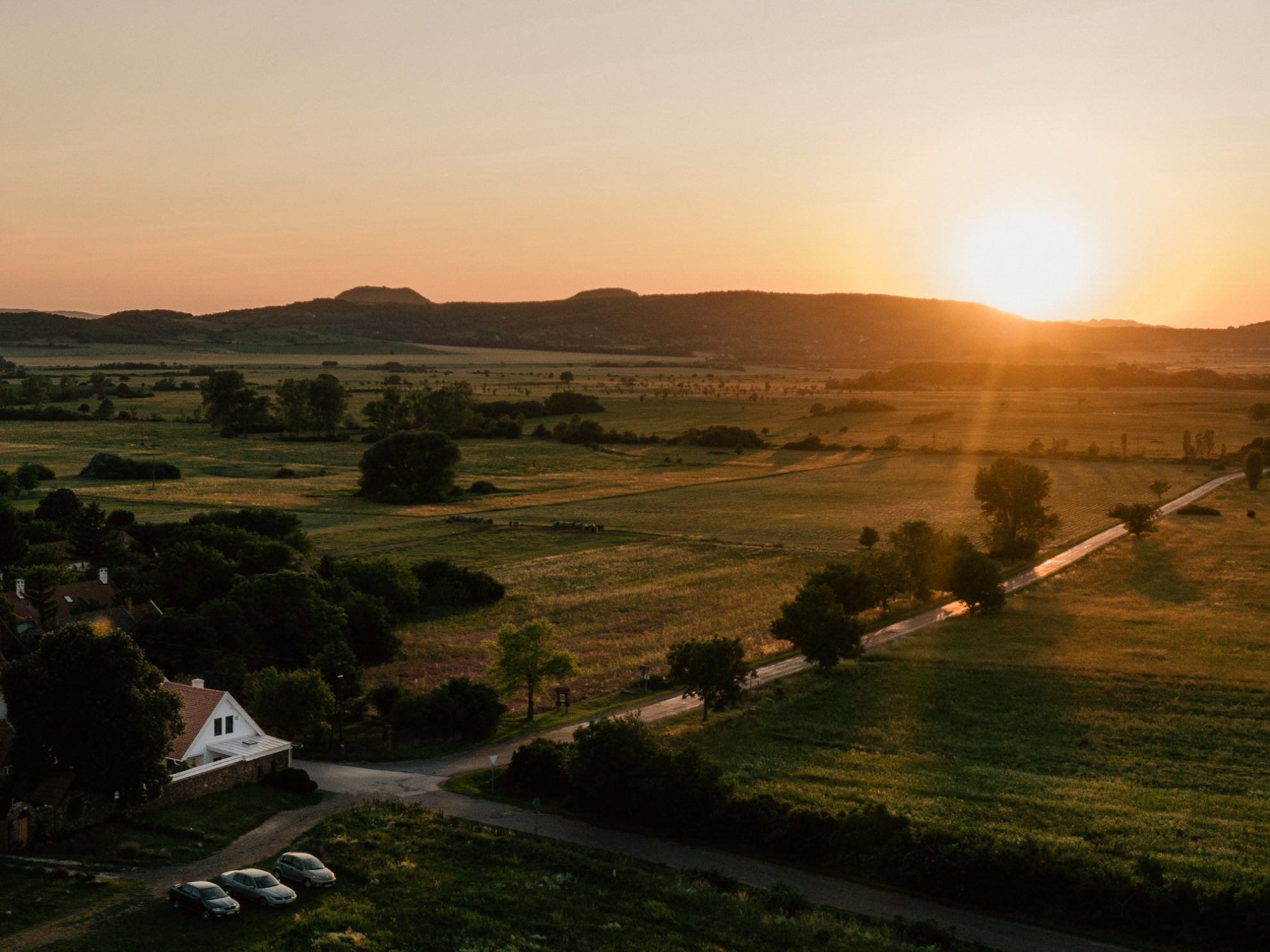
Photos: Botond Wertan
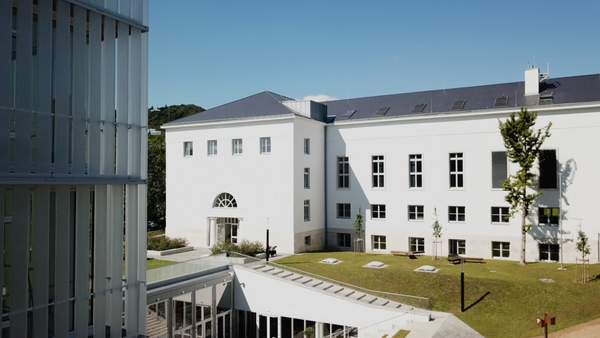
Humans of MOME out now
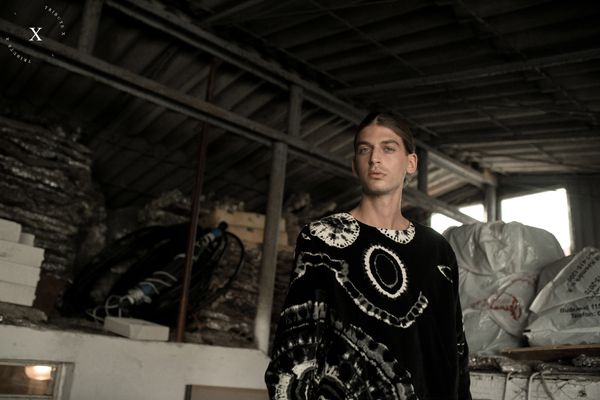
ZSIGMOND DORA menswear celebrates with storytelling campaign
